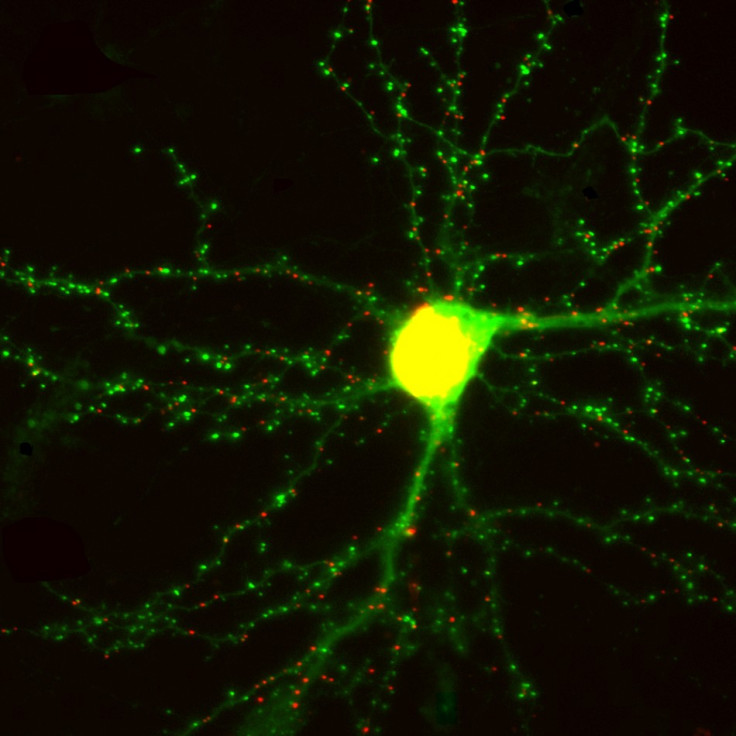What Memories Look Like Inside the Brain

Scientists have found a way to take a picture of memories forming inside the brain.
Researchers at the University of Southern California have developed a method to see where and how memories are formed.
Don Arnold and Richard Roberts created microscopic probes that illuminate synapses inside a living neuron (an information-processing brain cell) using fluorescent markers that attach to proteins.
A synapse acts as a bridge that allows information to pass from one neuron to another through electrical or chemical signals.
The fluorescent markers did not affect the neuron's ability to function, allowing the scientists to see live excitatory and inhibitory synapses and how they change as new memories are formed.
Synapses are seen as bright spots that form along dendrites - the branches of a neuron that transmit electrochemical signals. As memories form, the spots change, showing how the brain has been altered because of the new information.
The probes work in the same way as antibodies, which identify and neutralise foreign objects such as bacteria and viruses.
Brain mapping project
They then used a technique known as 'mRNA display' to make the probes, which allowed them to see over a trillion potential proteins simultaneously, Roberts said.
Arnold and Roberts attached the probes to a fluorescent protein and placed them inside the brain cells of living mice and relayed the images through a cranial window using two-photon microscopy.
The design of the probes also meant the amount of fluorescence generated cut off after the target protein was labelled, meaning a clearer picture could be produced.
Arnold said: "When you make a memory or learn something, there's a physical change in the brain. It turns out that the thing that gets changed is the distribution of synaptic connections."
The researchers say their work could offer an important insight about memory to scientists working on President Barack Obama's $100m brain mapping project that was announced earlier on 2012.
Long-term goals of that project are to better understand neurological diseases, such as Parkinson's, reduce language barriers and develop solutions to reverse brain injuries and people suffering post-traumatic stress disorder.
© Copyright IBTimes 2025. All rights reserved.






















